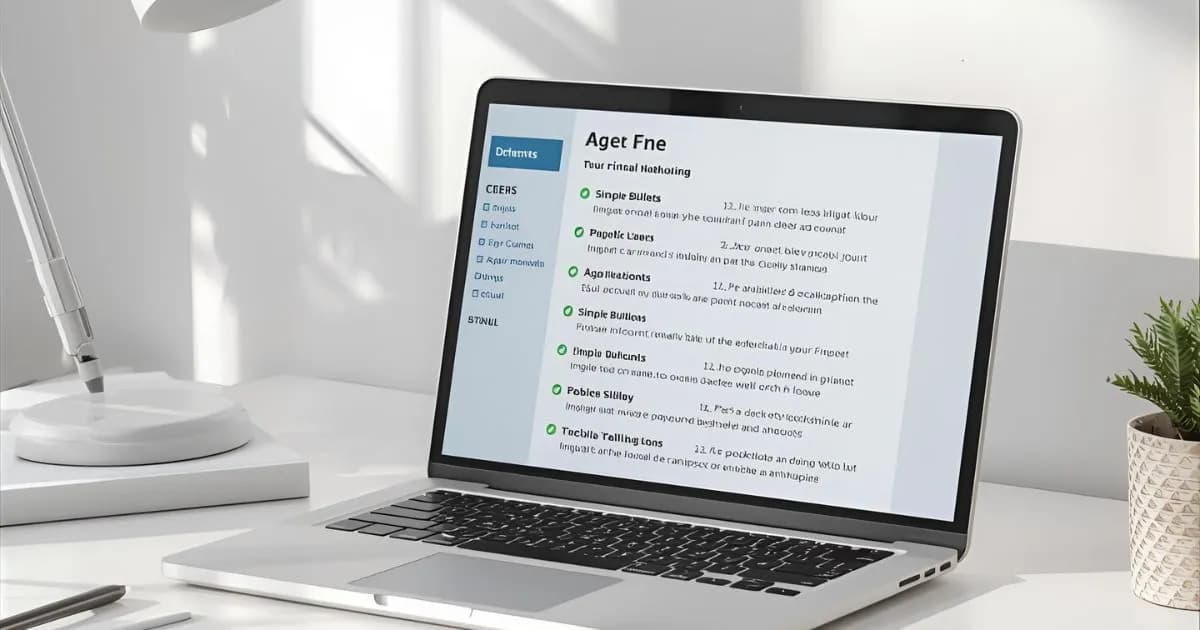How to Make an ATS-Friendly Resume

Most companies use applicant tracking systems (ATS) to parse your resume and decide whether a human should read it. An ATS-friendly resume is simply easy for software to scan: predictable structure, standard fonts, and clean text (not graphics or tables).
Core formatting checklist
- File type: PDF is safest for formatting; submit DOCX only if the employer requests it.
- Font & size: Inter, Arial, Calibri, or Times New Roman at 10.5–12 pt; headings 13–16 pt.
- Layout: Single column, left-aligned text, consistent spacing.
- Headings: “Experience”, “Education”, “Skills”, “Projects”, “Certifications”.
- Don’t use: tables, text boxes, images of text, headers/footers with key info.
Keyword alignment
Mirror language from the job posting. Add the top 5–8 keywords across your bullets and skills section where they’re truthful. Avoid keyword stuffing—clarity wins.
Bullet formula that passes humans & ATS
Action verb + what you did + how/tech + measurable result.
Optimized ETL pipelines using Python & SQL, cutting daily runtime 43%.
Quick QA before you submit
- 1–2 pages (entry/mid: 1; senior: 2).
- File name:
FirstName-LastName-Resume.pdf. - Contact info is text (not in a header/footer) and includes a clean LinkedIn URL.